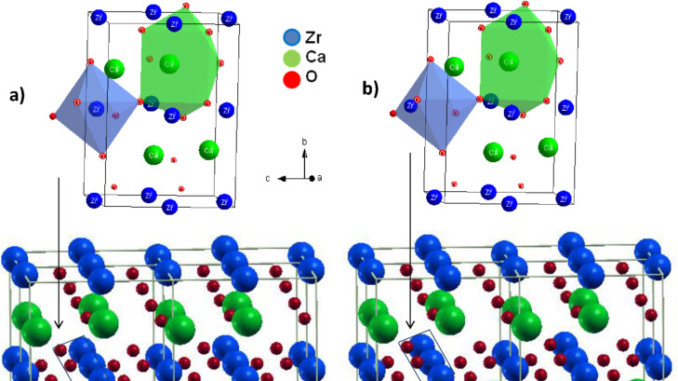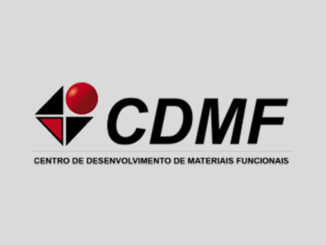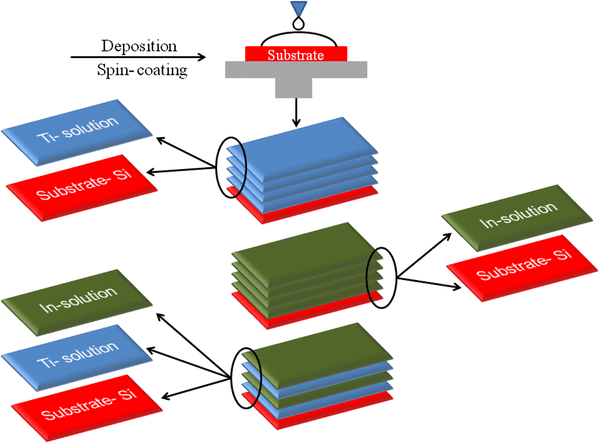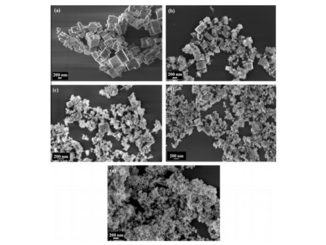
Writers: Marisa Carvalho Oliveira, Lourdes Gracia, Marcelo de Assis, Ieda Lúcia Viana, Rosa Maria Fernanda do Carmo Gurgel, ElsonLongo. Juan Andrés
Keywords: PL emissions; Excited electronic states; DFT calculations; Order-disorder
Abstract: CaZrO3 (CZO) powders obtained by the polymeric precursor method at 400 °C, and then, the samples were annealed at different temperatures (400, 600, 800, and 1000 °C) and characterized by X-ray diffraction, Raman and ultraviolet–visible spectroscopic methods, along with photoluminescence (PL) emissions. First principle calculations based on the density functional theory (DFT), using a periodic cell models, provide a theoretical framework for understanding the PL spectra based on the localization and characterization of the ground and electronic excited states. Fundamental (singlet, s) and excited (singlet, s*, and triplet, t*) electronic states were localized and characterized using the ideal and distorted structures of CZO. Their corresponding geometries, electronic structures, and vibrational frequencies were obtained. A relationship between the different morphologies and structural behavior has also been established.
Polarized structures were identified by the redistribution of the 4dz2, 4dyz, and 4dxy (Zr) orbitals at the conduction band and the 2pz (O) orbital in the valence band for s, s* and t*. Analysis of the vibrational eigenvector modes of these electronic states reveals a relationship between them via asymmetric bending and stretching modes that arise from Zr atom displacements due to polyhedral [ZrO6] distortion. Furthermore, the results provided an insight into the PL emissions of the as-synthesized CaZrO3 and led to the conclusion that the presence of electronically excited states is strongly related to the structural order-disorder effects (polyhedral distortion) at short range for both [ZrO6] and [CaO8] clusters.




